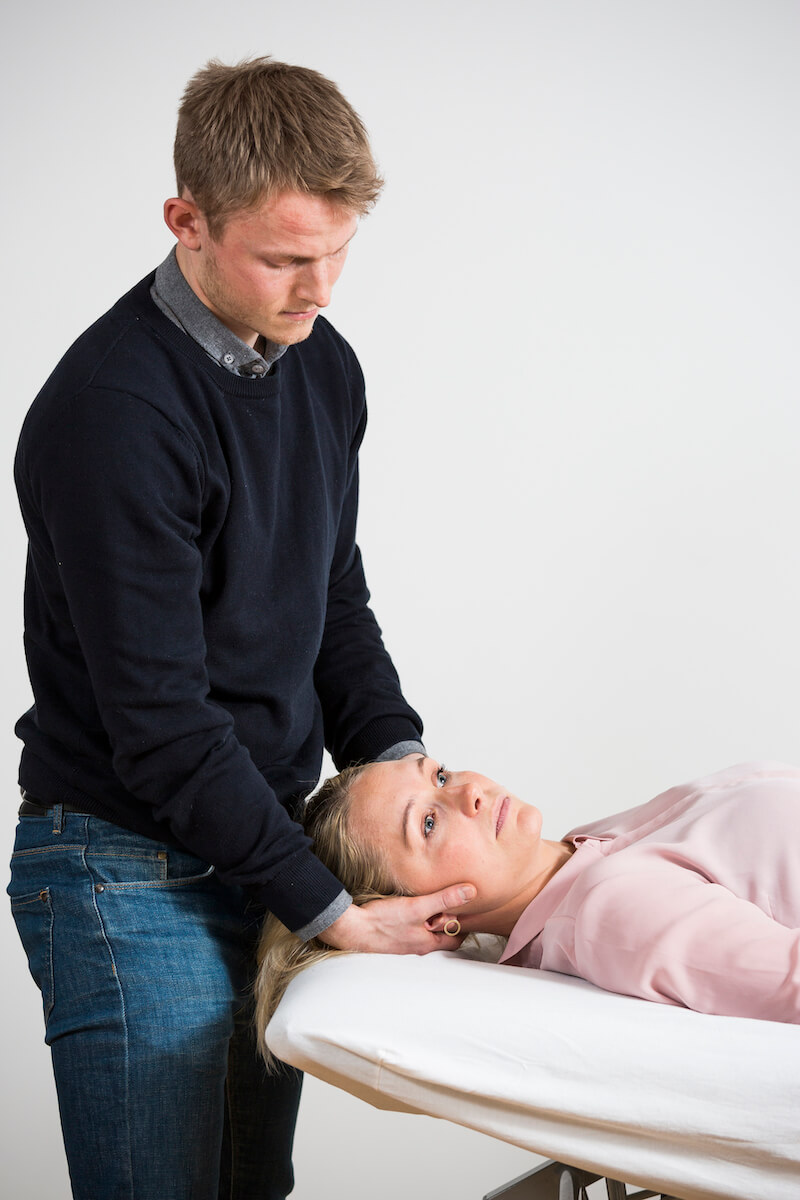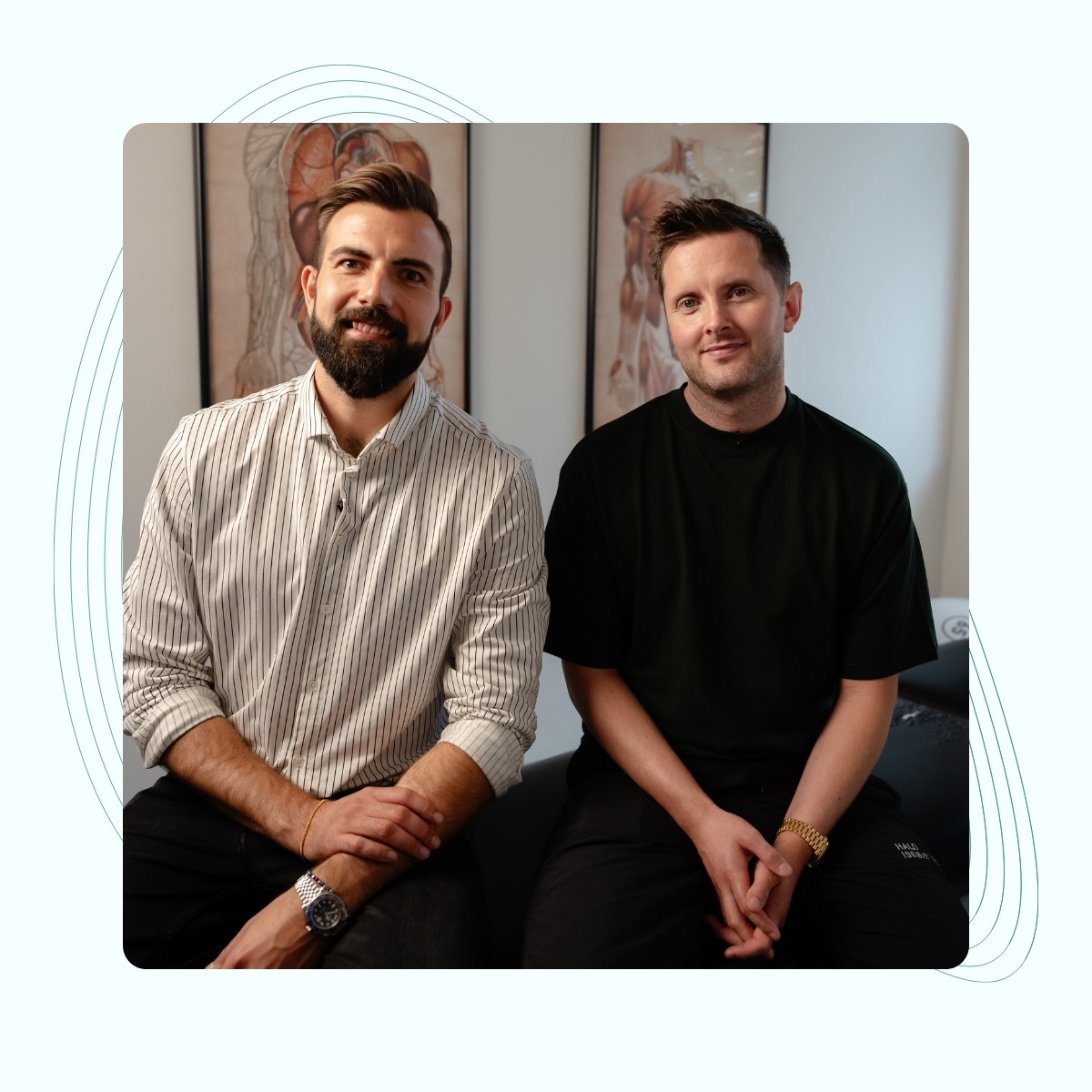We treat
Osteoporosis
Learn more about osteoporosis on this subpage
What is osteoporosis?
When you are diagnosed with osteoporosis, it often gives more questions than answers. It is very normal to be afraid of what exactly it means, and it can create a lot of doubt about what daily tasks and activities you as an osteoporosis patient can do. Below you can read more about what osteoporosis is, what may be the causes of it, and what you can do yourself.
Jump to section [Vis]
Osteoporosis as altered bone structure
Osteoporosis is a condition in which there is reduced bone mass and altered bone structure. The reduced bone mass, which osteoporosis is a term for, increases the risk of fractures.
In our bones we have bone-building cells (osteoblasts) and bone-removing cells (osteoclasts). So if there is an imbalance between these two cells, so that more bone tissue is broken down than is being restored, bone mineral content will decrease, resulting in osteopenia or osteoporosis.
Osteopenia
Osteopenia is a sign of incipient osteoporosis and means that one should be aware of the risk factors that can result in osteoporosis.
There can be various reasons why you get osteoporosis. It can be hereditary, it can be due to lifestyle and diet, it can be long-term medication in the form of adrenal corticosteroid, and in slightly rarer cases it can also be seen in individual gene defects.

Osteoporosis and pain
Osteoporosis does not cause pain in itself, but the pain comes in connection with a fracture or break, and this is often when people are diagnosed with osteoporosis. A fracture is usually very painful, and there is therefore rarely any doubt that something is wrong.
Even if you have osteoporosis, you can still get back pain like everyone else, without it having anything to do with your bones. This can often be related to your posture, muscle strength, activity level, etc.
At Osteonordic, we have a special focus on osteoporosis, and have worked with guidance and training of osteoporosis patients for many years.
How is osteoporosis diagnosed?
If you suspect osteoporosis, your doctor can refer you to a Dexa scan, where a picture of your hip and back is taken, and from this a t-score is calculated that tells you your bone mineral content, and from your t-score you can see where you are on the scale. In the case of low-energy fractures, which are breaks or collapses without a clear cause, you will also often be referred to have a DEXA scan done.
Meaning of t-score:
- T-score below -1.0 = Normal bone mineral content
- T-score between -1.0 and -2.5 = Osteopenia (incipient osteoporosis/bone fragility)
- T-score lower than -2.5 = Osteoporosis
With a focus on exercise, diet and medication, I went from a T-score in my lower back of -4.1 to -3.7 over a 2-year period, and in my hip I went from -2.3 to -2.0.
– Andrea, 66 years old, training member at Osteonordic
Why do people get osteoporosis?
Genetic causes of osteoporosis
Approximately 50% of patients with osteoporosis are genetically predisposed, most often a mother or grandmother has also had it. It is therefore important to be aware of this and follow some of the advice on this page to prevent osteoporosis if osteoporosis runs in the family.
Early menopause as a cause
When women go through menopause, there is a sharp drop in the female sex hormone estrogen. Estrogen stimulates the formation of new bone tissue. So when women go through menopause early (around 45 years old) and estrogen levels drop, bone loss can be more than 5% in the first few years.
The same can be seen in men if they have low testosterone levels, the male sex hormone. However, men produce testosterone until a later age, and men are therefore most often affected at an older age than women. It is therefore important that you as a patient be tested for osteoporosis if you have gone through early menopause.
The natural processes of aging and osteoporosis
Everyone gets osteoporosis if they get old enough, as there is a natural decalcification of the bones over time. Therefore, osteoporosis found in patients aged 70-90 is normal. However, we can give our bodies the best possible starting point by stimulating our bones daily, and ensuring that they get calcium and vitamin D, so that even late in life we can avoid fractures and collapses.
Adrenal hormones as a cause of osteoporosis
Corticosteroid preparations such as prednisolone are hormones with an inhibitory effect on inflammatory conditions. Therefore, it is often used in patients with, for example, asthma and rheumatoid arthritis. The problem with prednisolone is that it also reduces the absorption of calcium and vitamin D from our intestinal system, and calcium and vitamin D are essential for maintaining our bone mass.
In addition, prednisolone facilitates the bone-degrading cells (osteoclasts), while inhibiting the bone-building cells (osteoblasts). The combination of reduced absorption of calcium and vitamin D, together with increased activity of the bone-degrading cells, means that with long-term use of corticosteroid hormones, extra attention must be paid to the development of osteoporosis.

Excessive metabolism as a cause of osteoporosis
A metabolism that is too high is especially something to be aware of after menopause. Due to the reduced hormone production after menopause, combined with an increased metabolism, the bone-building cells (osteoblasts) cannot keep up. The entire process of replacing bone tissue simply happens too quickly, as the activity of the bone-building cells is already reduced.
Osteoporosis and bowel diseases
Intestinal diseases often result in reduced absorption of vitamins and minerals in the intestines. If you have chronic intestinal inflammation, it may be relevant to have a blood test done by your doctor to check the calcium and vitamin D content in your blood. Osteopathic treatment at Osteonordic will also focus on optimizing the absorption of vitamins and minerals from your stomach/intestinal system.
Alcohol and smoking as causes of osteoporosis
Both smoking and excessive alcohol consumption increase bone breakdown, which means that bones break down faster than they are rebuilt, and therefore you are at increased risk of osteoporosis.
Cortisol as a cause of osteoporosis
Cortisol is also called the body’s stress hormone because it helps us cope with stressful situations better. When cortisol levels are elevated over a long period of time, such as with prolonged stress, it will increase the activity of bone-degrading cells, while inhibiting bone-building cells, muscle-building cells and cartilage-building cells. It will therefore not only affect the bones, but also muscles and cartilage.
Osteoporosis and low body weight
Bones become stronger when they are stressed, so your body weight affects how much stress your bones are under during everyday activities. If you weigh less, there is less compression of the bones, and therefore less activity of the bone-building cells.
Arthritis as a cause of osteoporosis
In rheumatic diseases, the treatment is often corticosteroid hormones, which quickly suppress the activity of the arthritis. However, as described above, this has a negative effect on the bones, as it inhibits the absorption of calcium and vitamin D from the gastrointestinal system, and increases the activity of the bone-degrading cells. At the same time, the inflammatory state in the body removes the focus from the absorption of vitamins and minerals, and instead focuses the body’s energy on “healing” the affected joints or areas.
Dietary supplements and osteoporosis – Calcium, vitamin D and magnesium
Bone health is closely linked to the intake of calcium, vitamin D and magnesium. The reason this combination is important is that the intestines’ ability to absorb calcium is impaired by a lack of vitamin D, and that magnesium is a necessary mineral for building bones. In addition, a medical course of treatment for osteoporosis will not be as effective if you do not get enough calcium and vitamin D.
You often get enough magnesium through your diet, but if you have impaired intestinal function or if you eat very little, you may need to take a magnesium supplement.
We get vitamin D primarily from the sun and from fatty fish. However, since few people eat enough fish to meet their vitamin D needs, especially in the winter months, the Danish Health Authority recommends that all osteoporosis patients consume 20 µg of vitamin D daily.
The largest sources of calcium in our diet come from dairy products and cheese, but can also be obtained through supplements.
Treatment of osteoporosis
The primary treatment for osteoporosis is medical therapy.
Medical treatment will often start with a bisphosphonate drug such as Alendronate. If you have side effects from this, or your T-score is very low to start with, you will often be offered other medical drugs.
In addition to medical treatment, diet and exercise are the important elements.
Osteopathic treatment of osteoporosis
A consultation at Aarhus Osteopathy will start with a conversation where we talk about your history, where you are in the process, and any questions you may have related to your current situation.
For many, it can be unsafe and confusing to receive the diagnosis, and you may have doubts about what you can tolerate. We will discuss all of these questions at the first consultation.
The treatment of osteoporosis patients is a gentle treatment with a focus on optimizing all the body’s systems. The nervous system, the blood vessels, the gastrointestinal system and the mobility of the body’s joints. This includes, for example, digestion and absorption of nutrients from the intestines, including calcium and vitamin D.
If there are restrictions in the movement of the gastrointestinal system, it will require extra energy from your system, as well as a suboptimal absorption of nutrients. With the high need for calcium and vitamin D for patients with osteoporosis, this plays an important role in treatment.
In addition, we look at the mobility, blood supply and drainage from the different joints and areas of the body. If an area of the body is either limited in its mobility, or does not get enough blood (nutrition) or has the blood removed from the area again (removal of waste products), this will mean that the muscles and bones in this area do not get enough nutrition, and therefore may have difficulty maintaining muscle mass and bone mineral content in this area.
The body is a unit, and it is important that there are no restrictions in individual parts of the body, as this will strain and affect the rest of the body.
In addition, it will also be possible to have a training program created that you can do at home, review exercises that you are already doing in, for example, a fitness center or for yoga, or there is the opportunity to start group training here at the clinic.

Can osteoporosis be cured?
The goal of diet, medication and exercise is to slow down the breakdown of your bones, thereby strengthening your bones compared to the natural decalcification over time.
The goal is not to cure osteoporosis, but if you can maintain the same t-score with a DEXA scan every 2-3 years, you have stopped the natural decalcification of the bones, thereby making the bones stronger.
However, we also see in many training courses at the clinic, where you exercise, get adapted medicine, and a correct diet, that you can improve your T-score over time. And through this, some patients can, for example, go from “osteoporosis” to “osteopenia”.
There is a lot you can do to prevent osteoporosis, you can find more good advice here.
Over a period of 2 years, I went from a T-score of -2.7 to -2.3 in the lower back, and -1.7 to -1.3 in the hip.
– Gunhild 69 years old
Exercise for osteoporosis
Exercise is a really important part of the fight against osteoporosis. Research shows that through strength training and “impact” training we can promote bone-rebuilding cells, and thereby “strengthen” our bones.
To avoid fractures or collapse, we focus on 3 areas: Training, Diet and possibly medication. At Osteonordic, we are specialists in the first part, namely training – so if you need training or guidance for a bone-friendly lifestyle, you have come to the right place.
Which training you should do as an osteoporosis patient is very individual. It depends, among other things, on whether you have had a fall or fracture. But as a starting point, we work from the principle that you should challenge your body where it is, meaning that exercises should be adapted so that you strengthen your body without overloading it or increasing pain.
At Osteonordic we have several osteoporosis training groups. All groups focus on: strength, impact and balance. The primary purpose is to train to avoid falls, and we achieve this by training strength and balance. As described above, impact on the bones increases the activity of the bone-rebuilding cells (osteoblasts), and through this we can help to strengthen the reconstruction of our bones.
So it can be said very briefly – through the right treatment, guidance and training, you can help your body and your bones become stronger.
If you have any further questions about your condition, please feel free to contact the clinic or book a consultation.

Often related problems
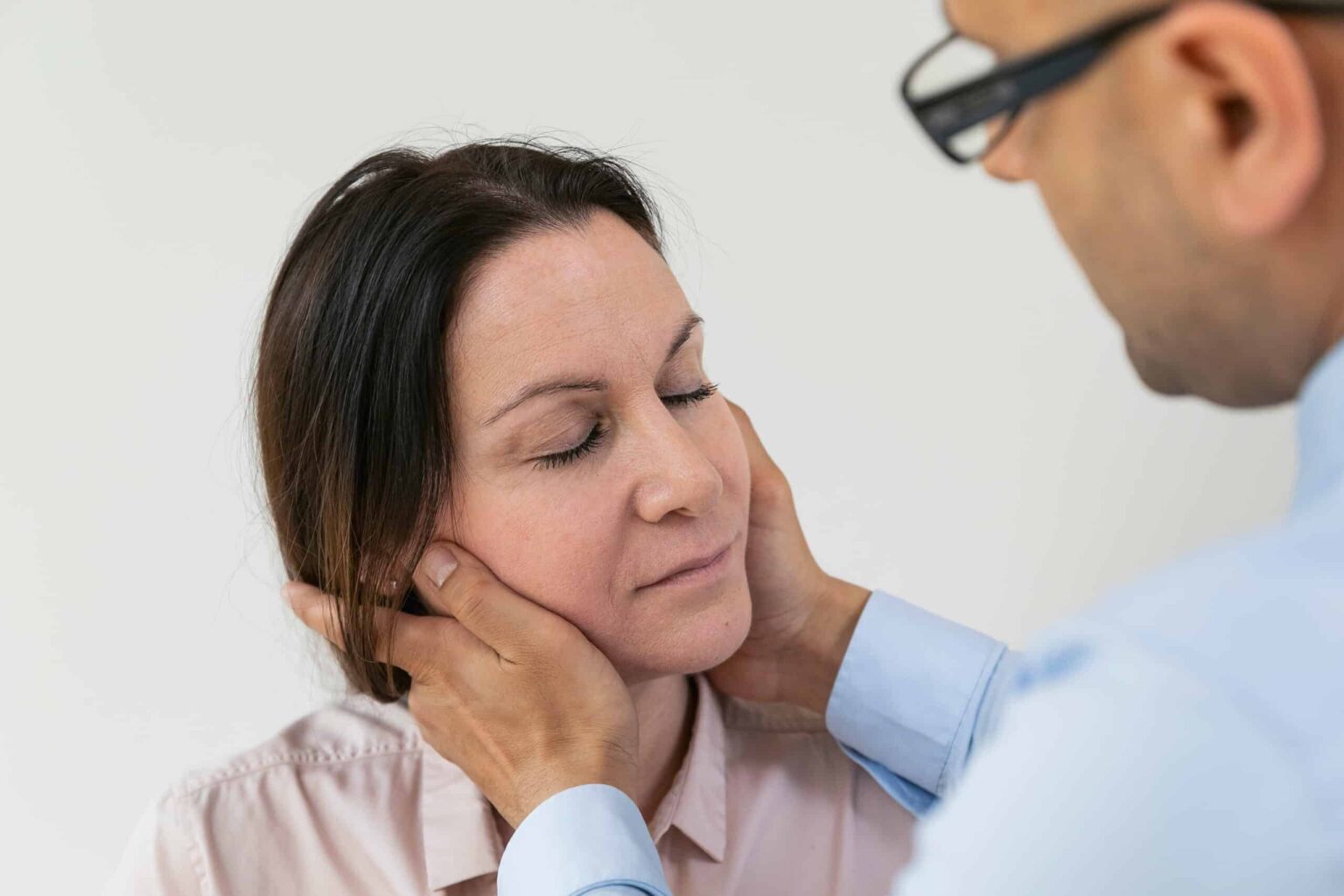
Jaw joint pain
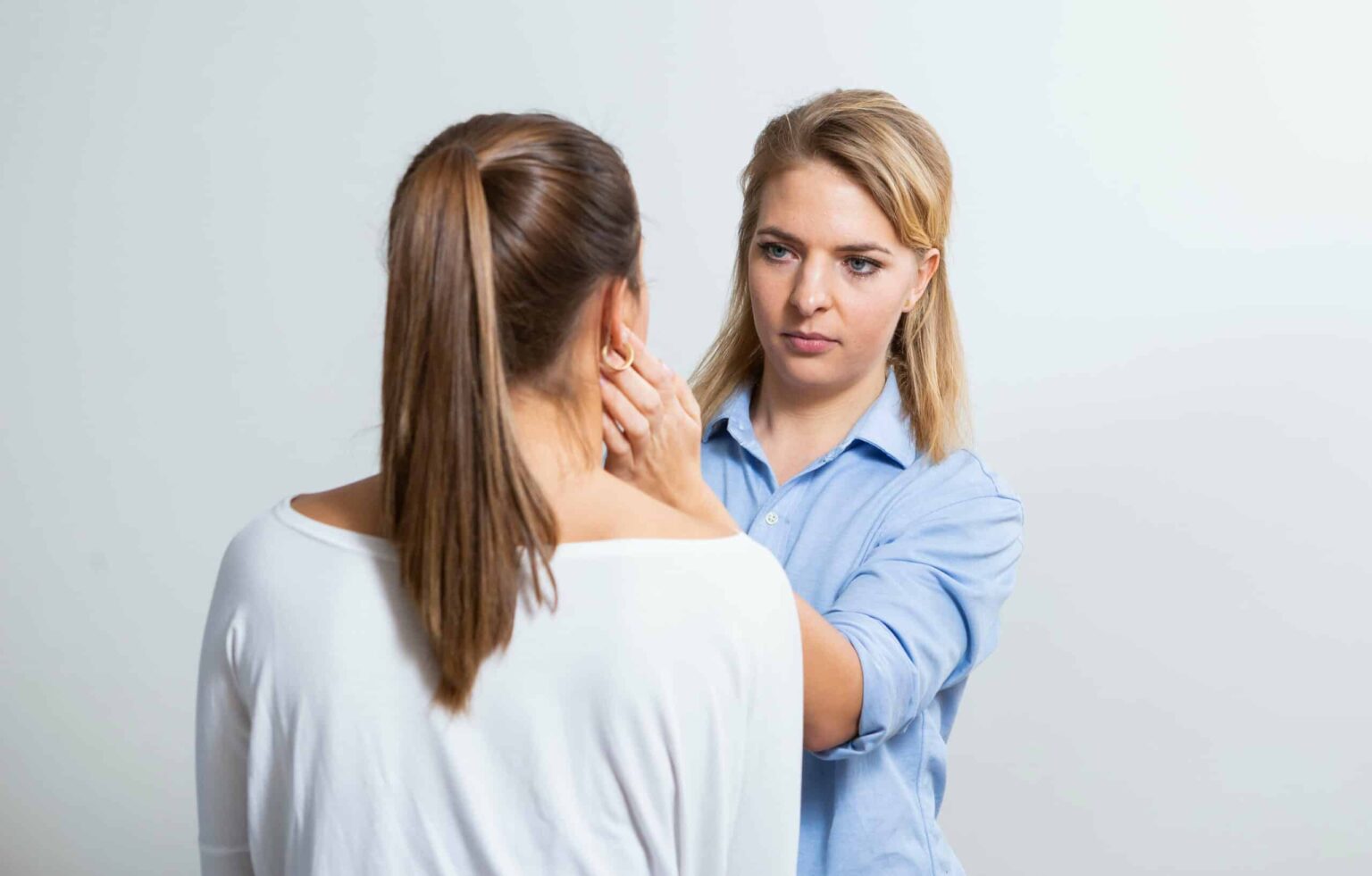
Vitamin deficiency – spot & control the symptoms
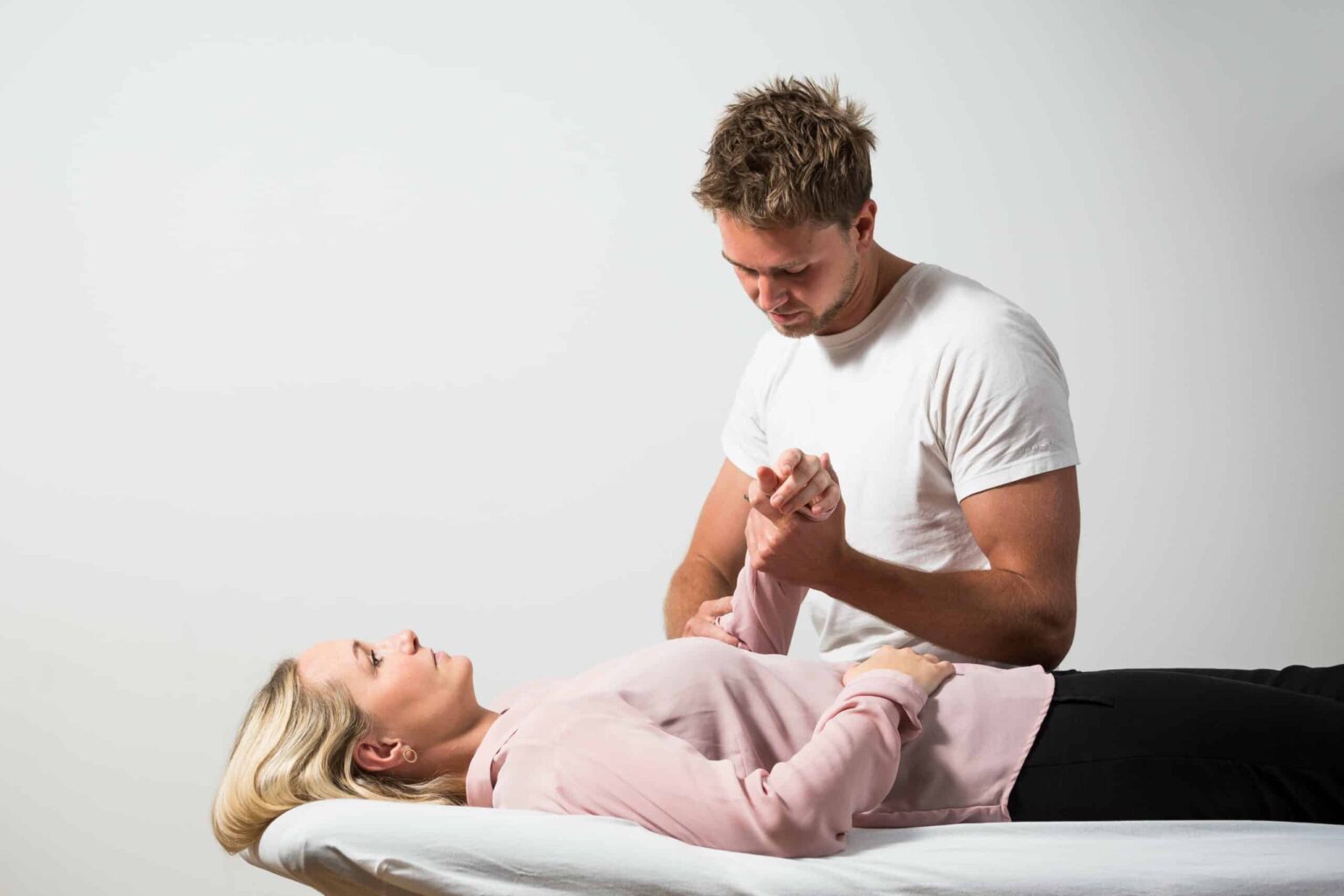
Trigger finger
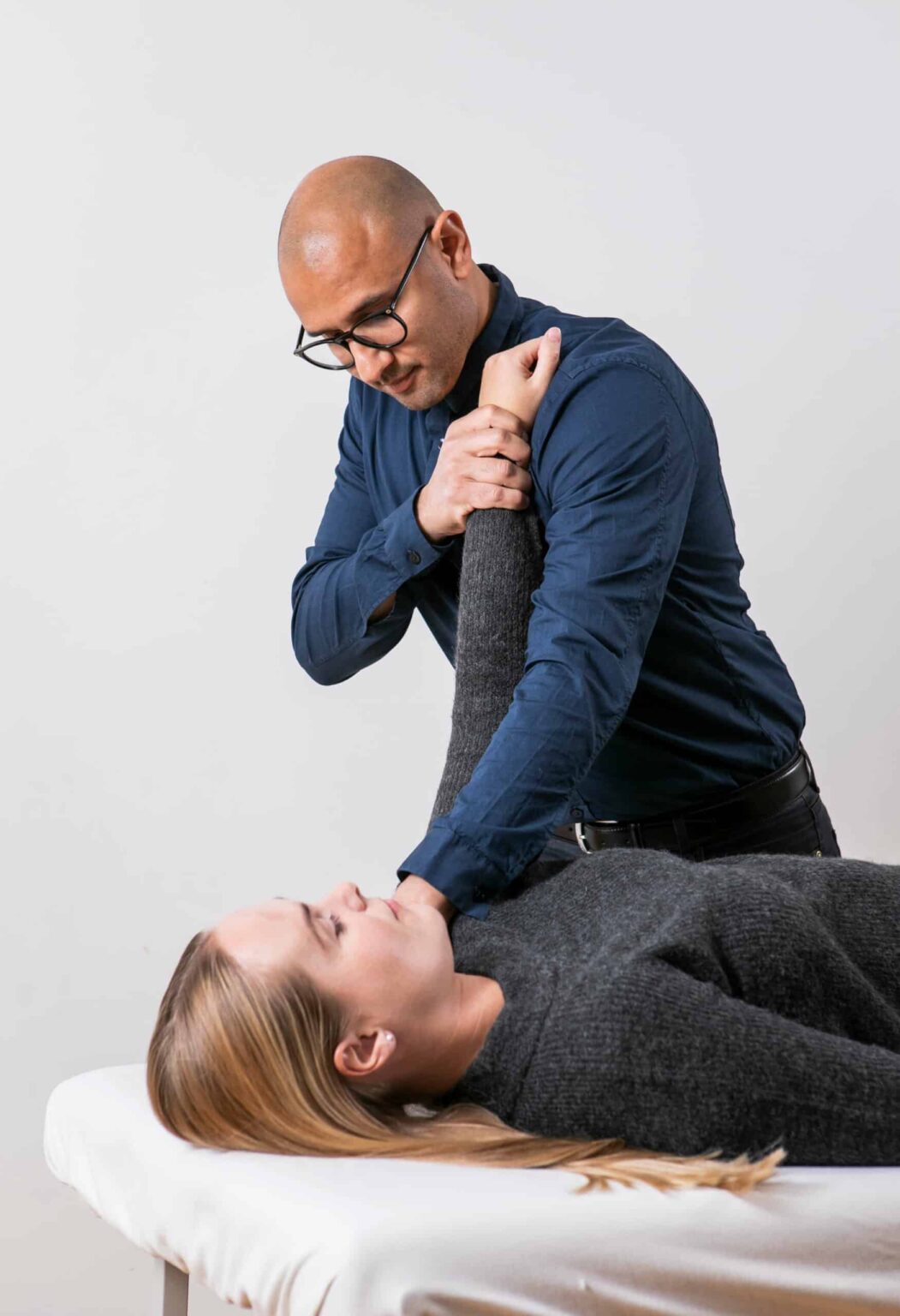
Carpal tunnel syndrome
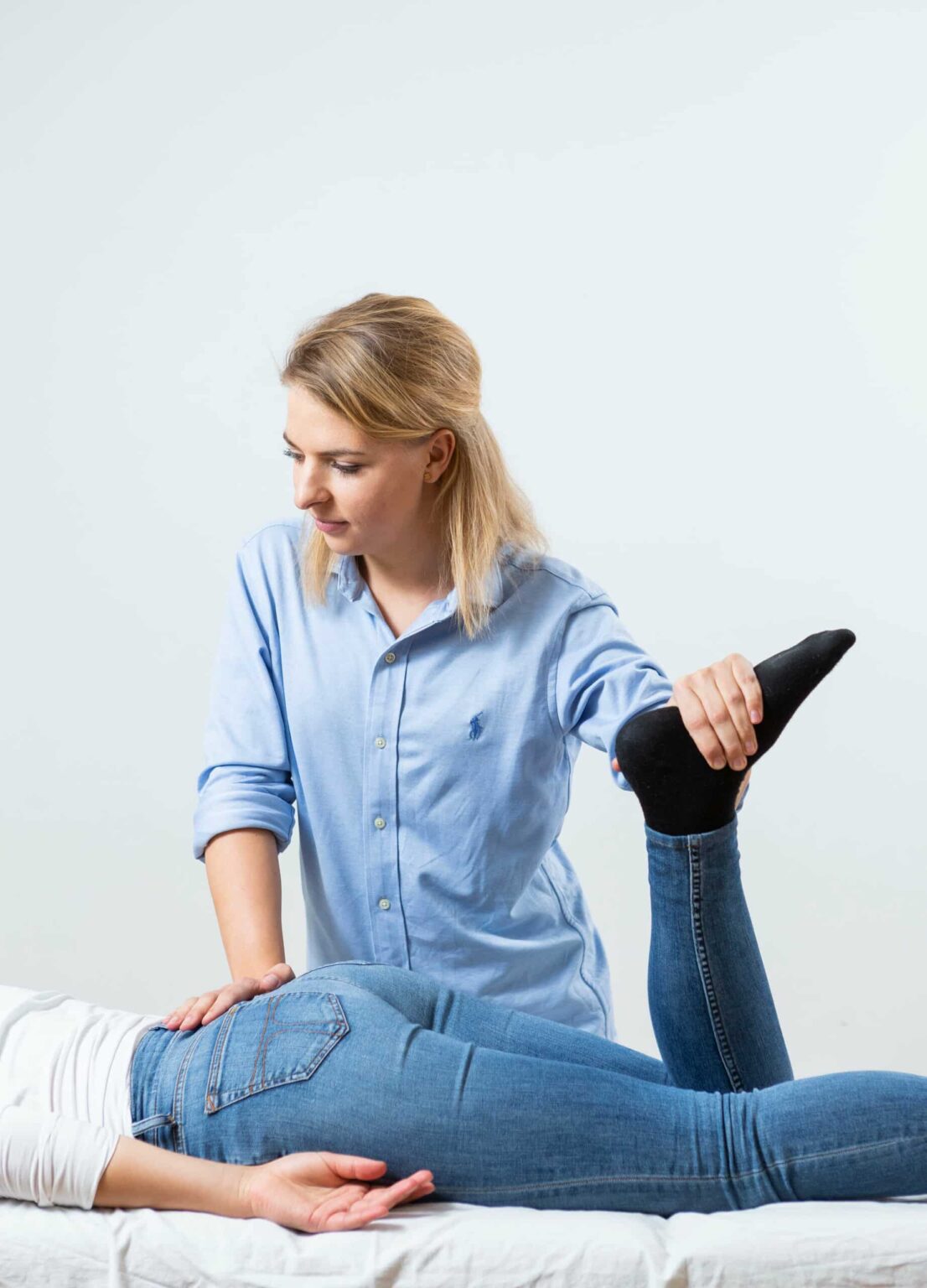
Sprains
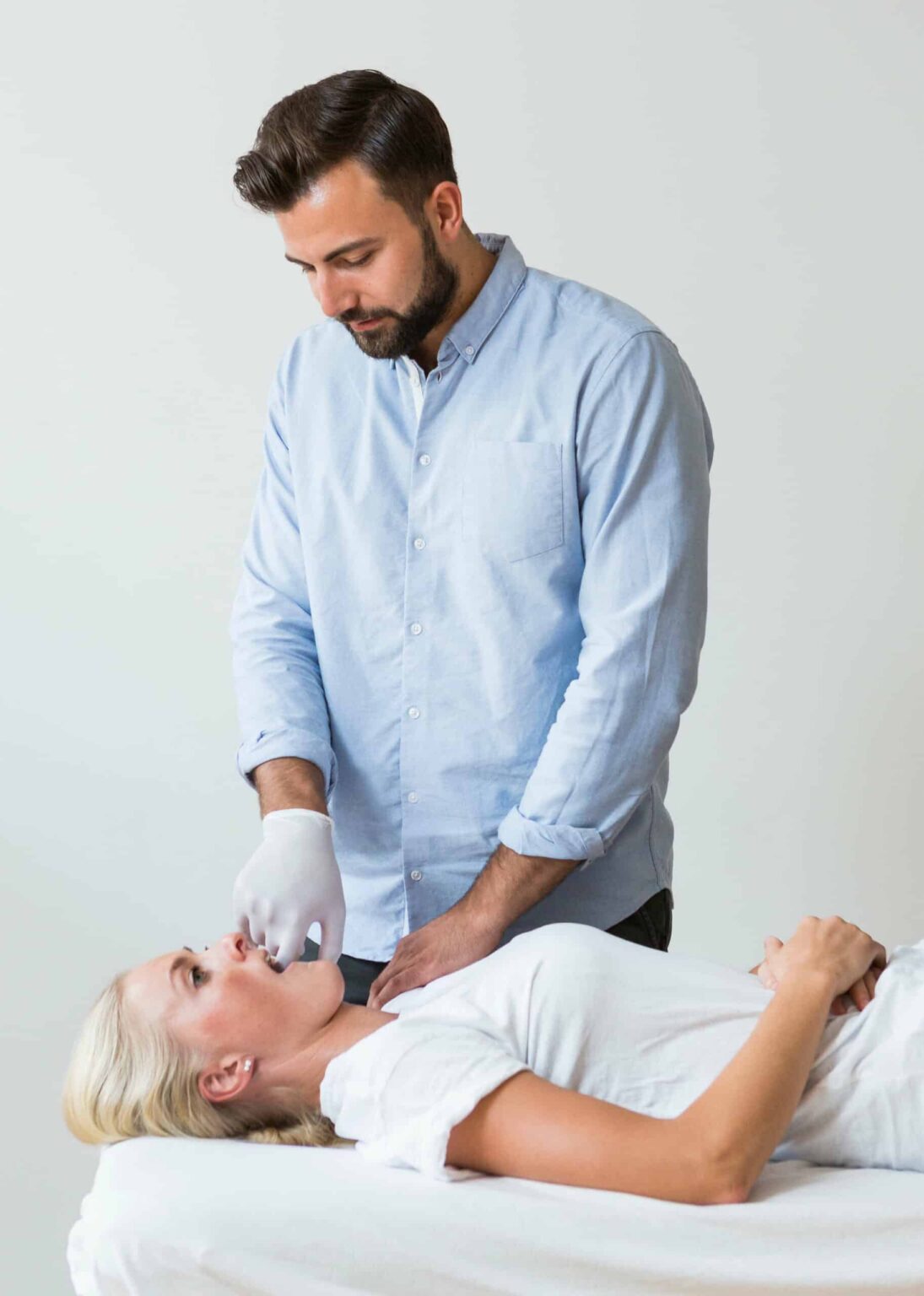
DNA test

Tenosynovitis
